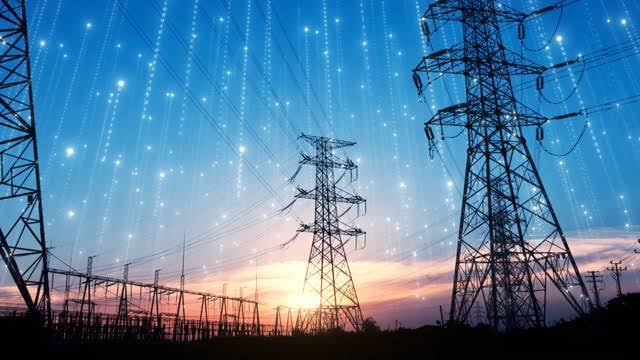AI Power Demands Straining Electricity Grids

Generative AI's growing popularity is creating significant energy challenges. AI systems powered by large language models (LLMs) are incredibly energy-intensive and require substantial computational resources.
A recent study indicates that generative AI might consume up to 33 times more energy than task-specific software. The computations supporting these AI applications primarily occur in massive data centers, increasingly straining global electricity grids.
In 2022, data centers consumed 460 terawatt hours of electricity, with the International Energy Agency predicting this figure could double to 1,000 terawatt hours by 2026, matching Japan's annual electricity consumption.
Countries like Ireland have already implemented moratoriums on new data center construction due to their significant energy demands, which now account for nearly a fifth of Ireland's electricity usage. In the UK, the National Grid forecasts a six-fold increase in data centerelectricity demand over the next decade, primarily drivenby AI.
In the US, utility companies feel pressure as data centerdemands surge alongside a manufacturing renaissance fueled by government policies. Some states are reconsidering tax incentives for data centers due to their impact on local energy infrastructure. There is a rush to secure data center locations near power sources or renewable energy hubs.
What Does This Mean for Me?
Despite advancements in energy efficiency, such as Nvidia's new Grace Blackwell supercomputer chips, which reduce electricity needs for AI training, the overall power consumption remains substantial. These technological improvements highlight AI hardware's evolving nature and energy demands. As data centersgrow, their energy requirements and environmental impact will be critical considerations.
More News
.webp)
Canada Shields Steel and Lumber Industries From Tariffs
7 hours ago

Trump Drops Selected Tariffs in Response to Inflation Pressures
2 days ago

Tariffs on Mexico Test Nuevo Leon’s Industrial Momentum
6 days ago

US Moves to Ease Latin American Tariffs as Food Inflation Mounts
1 week ago

Japan Faces First GDP Shrinkage in Six Quarters as Tariffs Bite
1 week ago

India’s Inflation Dip Strengthens Case for RBI Easing
2 weeks ago

Europe Rallies as Shutdown Eases, Earnings Impress
2 weeks ago

Germany’s Trade Surplus Slides as Imports Outpace Exports
2 weeks ago